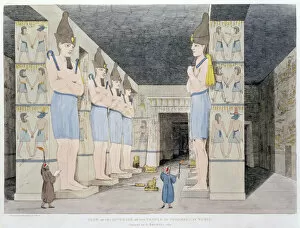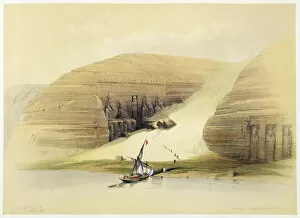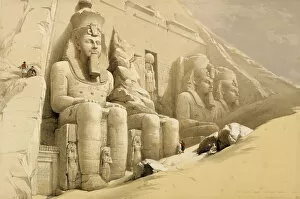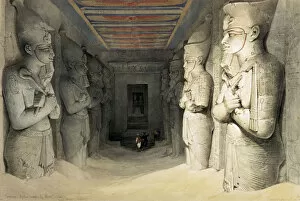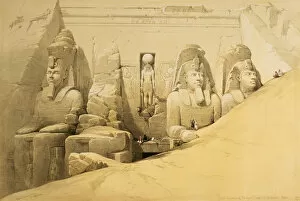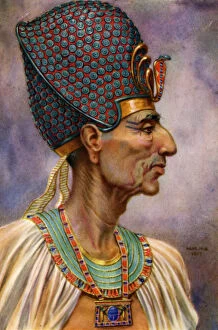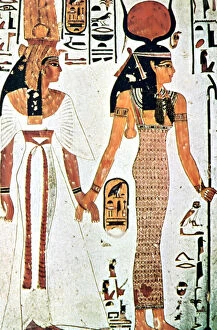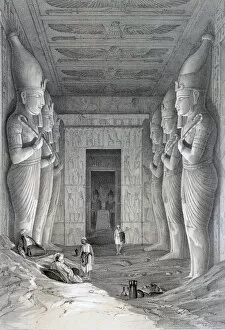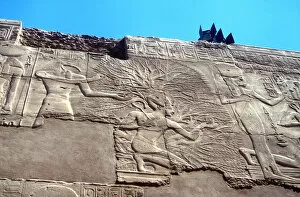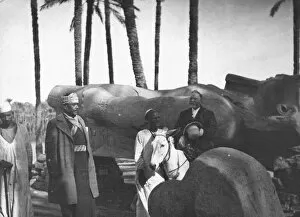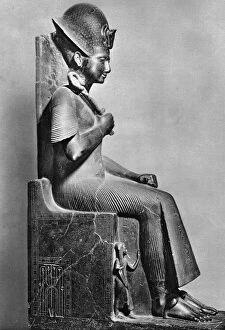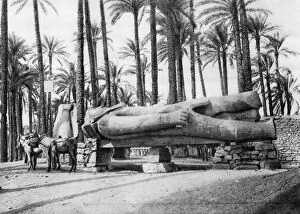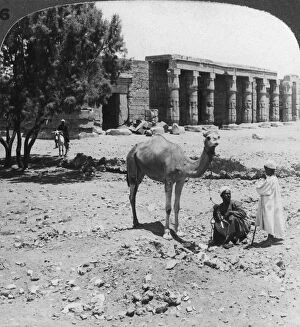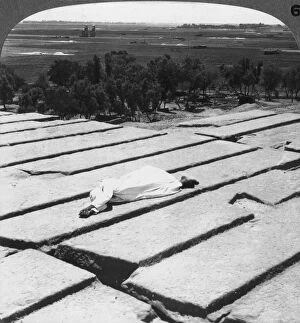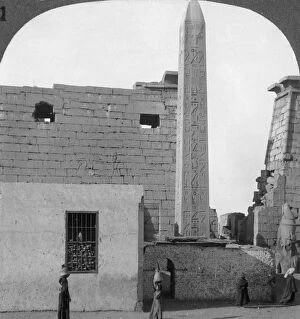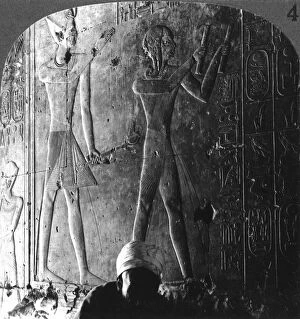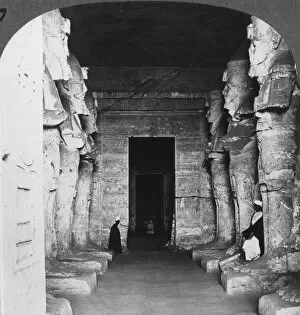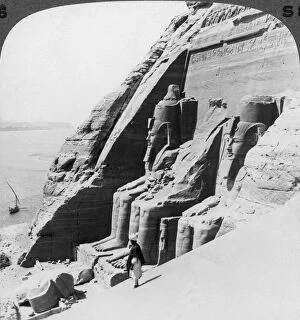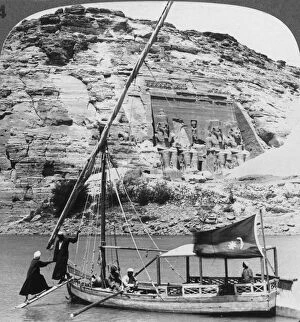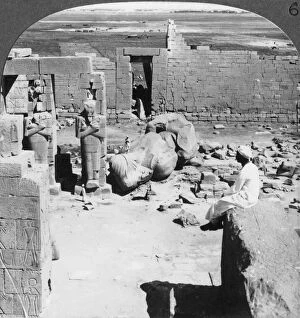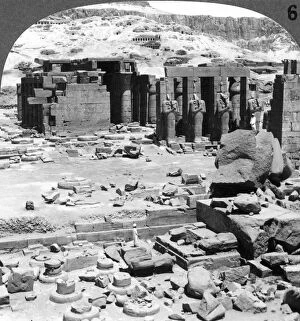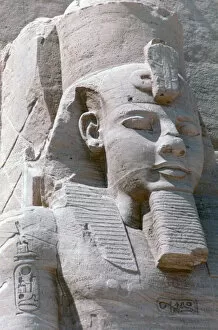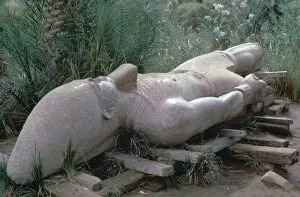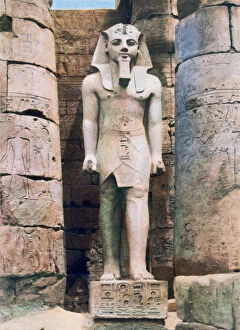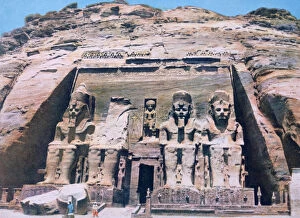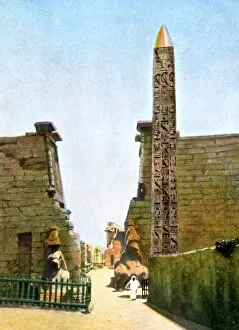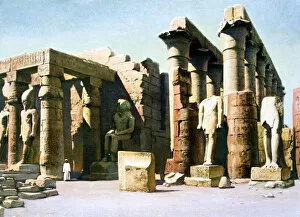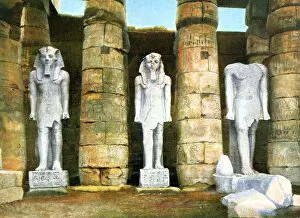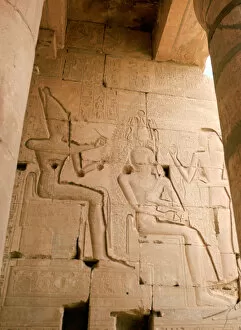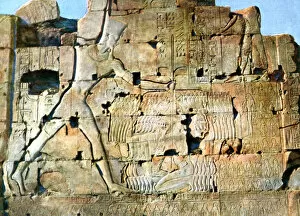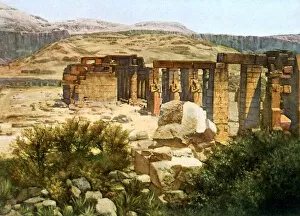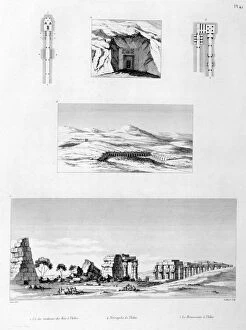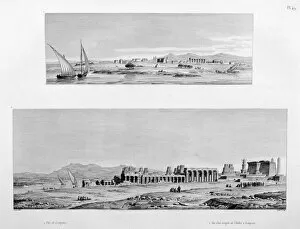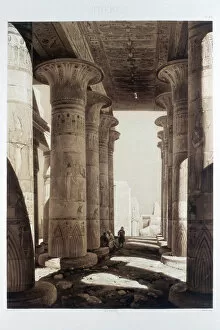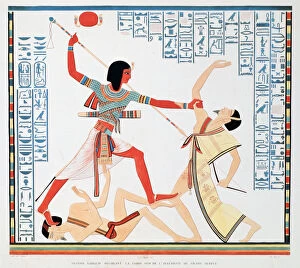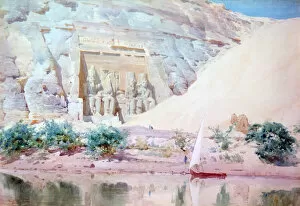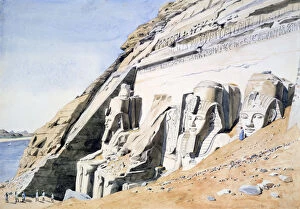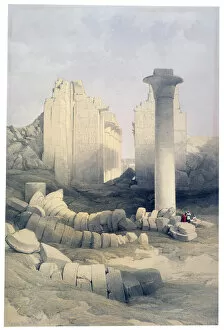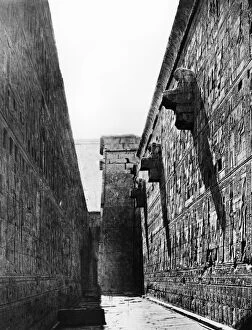Ramses The Great Collection (#3)
"Ramses the Great: A Timeless Legacy of Ancient Egypt" Step into the world of Ramses the Great, one of ancient Egypt's most iconic pharaohs
For sale as Licensed Images
Choose your image, Select your licence and Download the media
"Ramses the Great: A Timeless Legacy of Ancient Egypt" Step into the world of Ramses the Great, one of ancient Egypt's most iconic pharaohs. As you stand before the magnificent Temple of Re-Herakhte in Abu Simbel, a UNESCO World Heritage Site in Nubia, Egypt, you can't help but be awestruck by its grandeur. This colossal structure was built for Ramses II, also known as the Sun or Great Temple of Ramses II. At nightfall, the Temple of Ramesses II illuminates with an ethereal glow that transports you back in time. The intricate carvings and towering statues pay homage to this legendary ruler who left an indelible mark on history. In another breathtaking scene captured at Karnak temple, we witness Ramses II standing proudly alongside his daughter Bant Anta. Their presence exudes power and royalty as they grace the forecourt with their regal aura. A striking statue showcases Ramses II donning the double crown - a symbol of his authority during the 19th dynasty. Crafted from red and grey granite with unknown origins, this masterpiece stands as a testament to his reign. The Obelisk of Ramesses II rises majestically from Karnak temple grounds. Carved from granite between 1193-1162 BC, it serves as a reminder of Ramses' architectural prowess and dedication to honoring Egyptian deities. As we delve deeper into history, we encounter another depiction showcasing Ramses II as a standard bearer. Carved from pink granite and discovered in Tanis, this piece now resides within Cairo's Egyptian Museum where it continues to captivate visitors with its timeless beauty. Statues immortalize Ramses II throughout Luxor's landscape; each detail meticulously sculpted from vibrant red granite. These masterpieces transport us back over three millennia ago when this great pharaoh ruled over Egypt with unmatched splendor.

